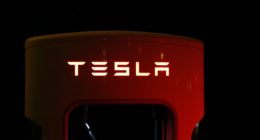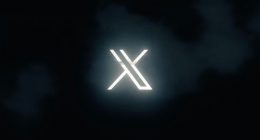About a week ago, SpaceX had shared details of the investigation of its Falcon 9 rocket explosion and also announced that it is loading up the rocket once again for a launch in the coming days. There was one final hurdle which the private space exploration company needed to clear to regain its position in the sky. And now, it has been waved the green flag to successfully resume launch operations.
On Friday, the U.S. Federal Aviation Administration (FAA) cleared SpaceX to reinstate its launch operations by granting the company back its Commercial Space Transportation License. The official statement by the FAA reads,
“Flight” shall mean the flight of a Falcon 9 Version 1.2 launch vehicle commencing with ignition of the first stage from Vandenberg Air Force Base (VAFB) and transporting ten Iridium NEXT payloads into low Earth orbit. Flight includes landing of the Falcon 9 Version 1.2 first stage either on a droneship in the ocean or in the ocean.
Post the explosion of the Falcon 9 booster along with Facebook’s Internet.org satellite, the aviation agency had been very worried about the safety of the payloads as well as individuals working on this project. Thus, the company’s license had been revoked until the investigation of the blast was complete. Earlier, SpaceX had planned to return to flight in mid-December but delays in FAA’s review and investigation about the blast has delayed it to early 2017.
Now, the Elon Musk-owned space exploration company has shared the results of its investigation which cites frozen oxygen in the cryogenic high-pressure helium tank led to the explosion during the pre-fueling process. The extremely cold helium in question led the liquid oxygen to freeze instead of creating pressure during the second stage of the rocket’s launch.
Keeping in line with the same, SpaceX has now introduced changes to its pre-fueling process and also reinforced the helium tanks to protect itself from such a massive mishap once again. Also, it now plans to use a little warmer helium to avoid such an explosive reaction. The private space company, as mentioned above, is launching ten Iridium NEXT satellites via its Falcon 9 rocket on Monday (January 9) from the Vandenberg Air Force Base. The launch had previously been scheduled for January 8 but weather conditions have delayed the same to the next day.
Elon Musk and the complete SpaceX team is now banking on the successful launch and landing of this Falcon 9 rocket to save itself from an embarrassment of a lifetime. If this mission goes through successfully then it would be a much-needed confidence booster for them. But if, by any chance, there is some hitch in the launch of the rocket then the credibility of SpaceX will be punched down to the ground. This would also give its competitors an edge in snatching up contracts.
UPDATE [ Jan 9, 10 a.m] – SpaceX’s much-awaited return to the skies has been curtailed due to unfavorable weather conditions. Both SpaceX and Iridium tweeted about the same stating that ‘high winds and rains at Vandenberg’ as the primary reason for the delay. The next available date for launch was 14th January and Elon Musk has snatched that up to mark his private space firm’s return.
Launch moving due to high winds and rains at Vandenberg. Other range conflicts this week results in next available launch date being Jan 14.
— SpaceX (@SpaceX) January 8, 2017
High winds and rain in forecast at VAFB. First launch of #IridiumNEXT now planned for January 14th at 9:54:34 am PST. #NEXTevolution.
— Iridium Corporate (@IridiumComm) January 8, 2017
While this further adds to the company’s anxiety to return back to the field but this eventually gives SpaceX some more time to examine its helium tanks and Falcon 9 booster systems. Until January 14, we’re keeping our fingers crossed for a safe flight and return of the Falcon 9 booster.





